Baker to Vegas: Leveraging Pulsara to Manage a Planned Event
Although they have the advantage of prior awareness and preparation, large-scale planned events pose unique challenges for emergency management...
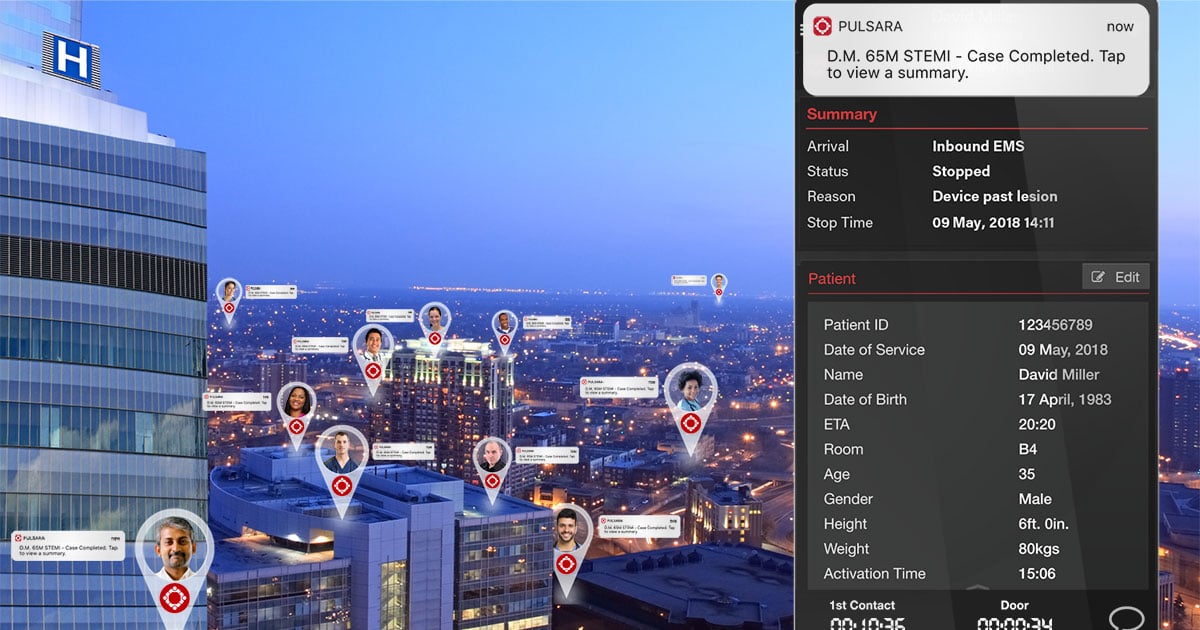
Have you ever had to coordinate care for a really sick patient that needed an immediate transfer or consult, and had to divert your attention away from the patient in order to get in touch with all the necessary team members? Have you ever been frustrated by just how much time and runaround it takes to get everyone on the same page?
Physical distance is part of the package when you’re trying to coordinate care for patients. Whether you’re down the hallway or miles apart, getting the right information to the right people at the right time can be a challenge. That’s why having clear, established lines of communication is vital to successfully coordinating patient care.
So why do we rely so heavily on technologies that don’t talk to each other? Between radios, pagers, fax machines, and phones, we have a different way to communicate for everything. Every one of these communication methods is meant to connect two people...not the entire care team. What we end up with is an endless cycle of point-to-point communication, with each person relaying information to another, in one giant game of telephone.
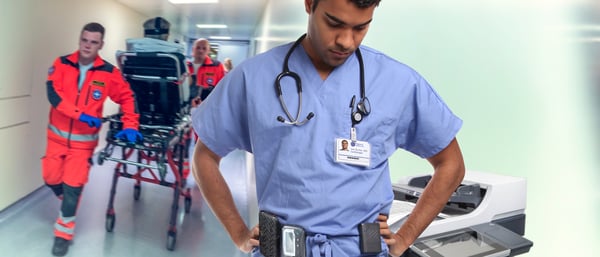
I love watching and hearing of processes that have processes for their processes. Without a streamlined system for bringing everyone up to speed on the details of the patient’s case, making sure everyone is in the loop takes a lot of work. Oftentimes, this involves the most dangerous game of phone tag, or Telephone Assault: 100 calls in 5 minutes flat. Coordinating all members of the team draws your attention away from what’s most important: caring for patients.
I often ask the question: “Why do you do it this way?”
The majority of the time, I get a pretty standard answer: “That’s just the way we have always done it.”
Yet when you ask a team member what would simplify the process, the answer typically goes back to transparent communication. I often hear things like, “If everyone on the care team could be in close communication with each other, everything would be so much easier.”
Many different people are involved in every patient’s care journey. Studies show that a patient might interact with around 50 different employees during the course of a 4-day hospital stay, including physicians, nurses, and technicians. Everyone needs to know exactly what’s going on with the patient, and what their journey has looked like so far. Ideally, every one of those clinicians would be so connected to what’s going on that they might as well be in the same room, standing over the same patient.
At one time, this wasn’t much more than a nice idea. However, those days are over. Meet the solution that can cover all those needs: Pulsara.
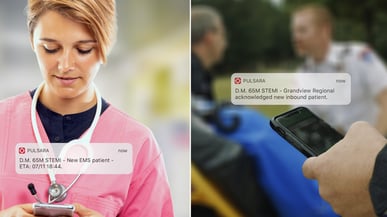 Pulsara unites care teams ACROSS organizations through HIPAA compliant, transparent, digitally connected communication. From first responder to MOCC/EOC to ER to specialty care and back to the beginning, Pulsara works with you to enhance your process by leveraging real-time communication while helping you to build dynamic teams quickly and on the go.
Pulsara unites care teams ACROSS organizations through HIPAA compliant, transparent, digitally connected communication. From first responder to MOCC/EOC to ER to specialty care and back to the beginning, Pulsara works with you to enhance your process by leveraging real-time communication while helping you to build dynamic teams quickly and on the go.
You may not be able to always be physically present in the patient’s room experiencing their case firsthand, but now you can watch what’s happening in real time, staying up to date on every development. Live audio and video, photos, and text messaging with team members can help you keep your finger on the pulse, literally and figuratively, no matter where you are.
Whether you’re in the patient’s room or at a facility miles away, it doesn’t matter—you’re always virtually present with the patient. When it comes to saving lives, I’ll take every advantage I can get!
Want to hear how Pulsara changed the game for care teams at St. Dominic Hospital in Jackson, Mississippi? Check out Quadruple Aim: How One Telehealth Platform is Changing the Game.
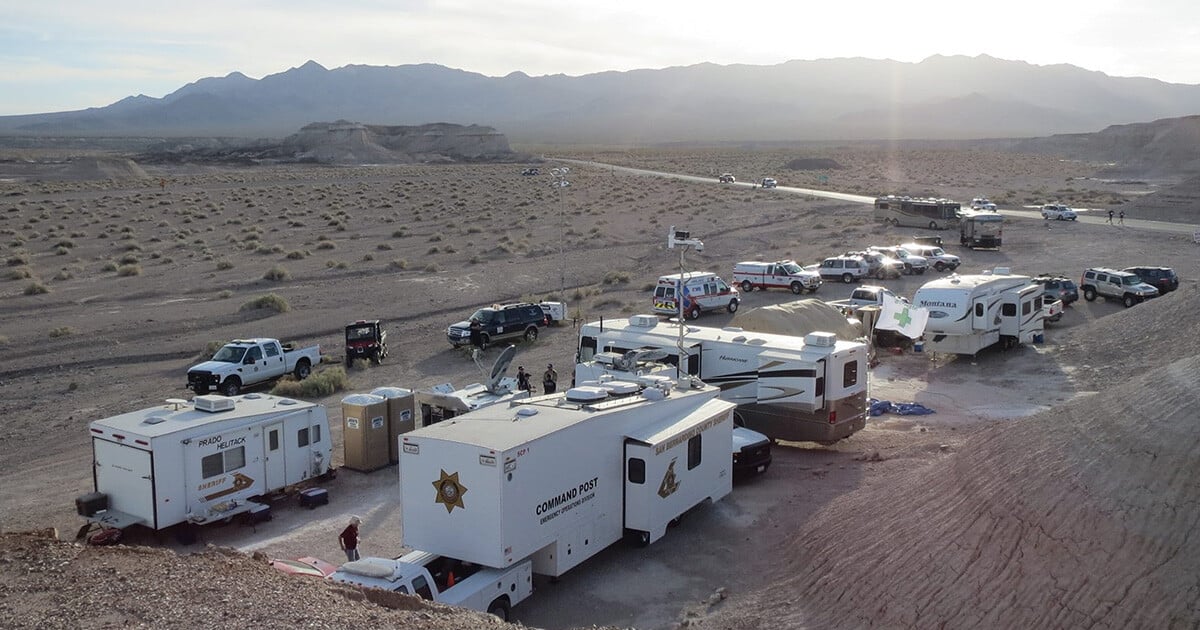
Although they have the advantage of prior awareness and preparation, large-scale planned events pose unique challenges for emergency management...
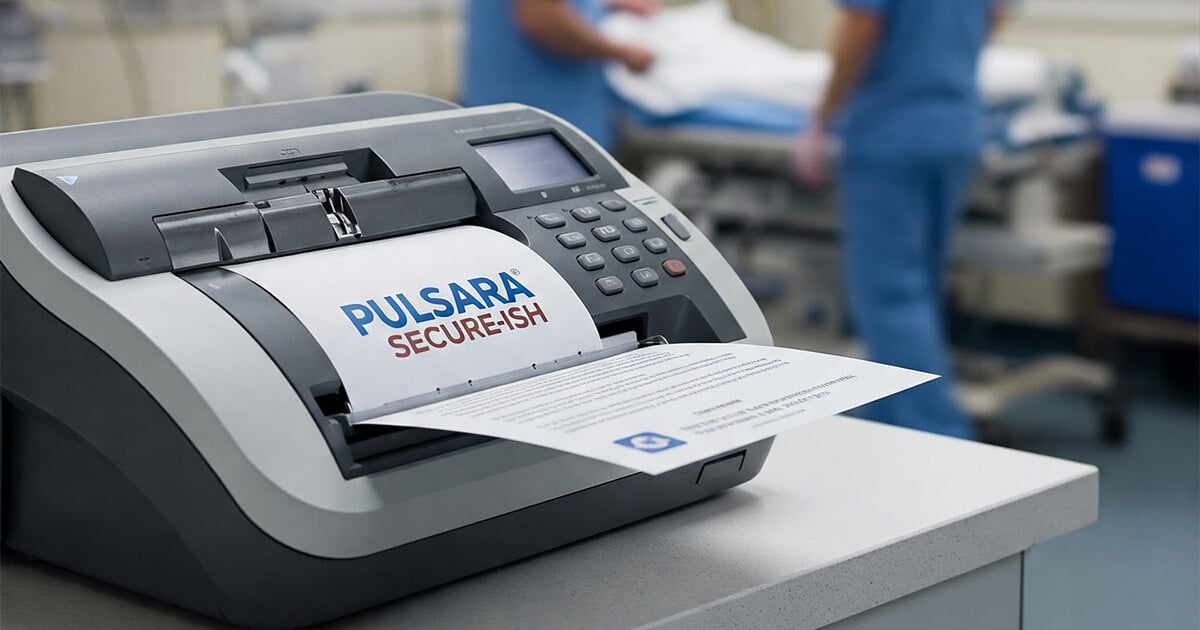
For Those Who Love a Good "Oopsie!" At Pulsara, we pride ourselves on enabling secure, HIPAA-compliant communication for healthcare teams. But let’s...

March Recap A New Integration: Improving Data Management, Streamlining Workflows, and Improving Care CoordinationOnly a few days ago, we announced...